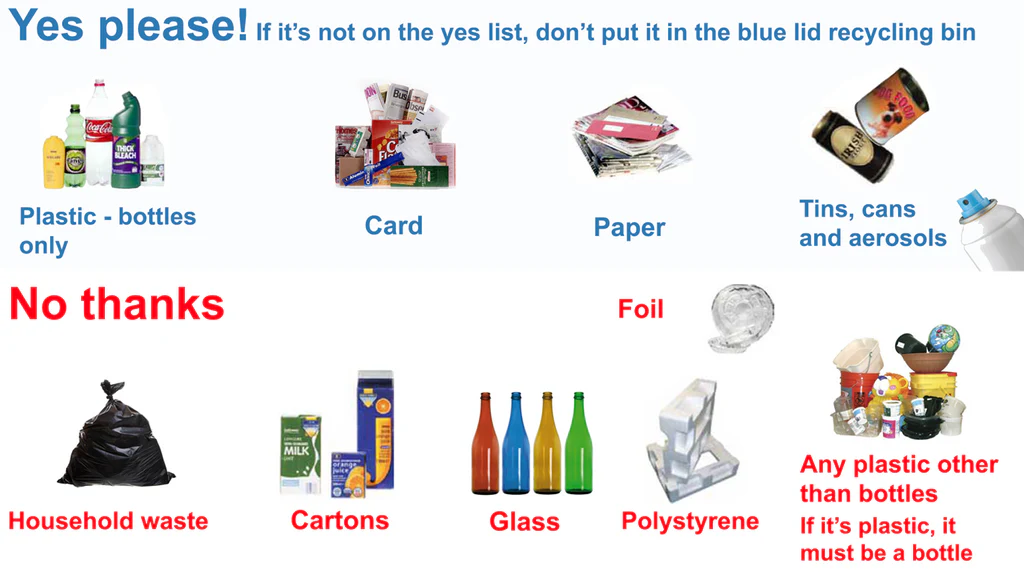About Us
Are you curious about the impact of plastic on our environment? Do you often find yourself pondering over the intricacies of plastic recycling? Look no further, because you've just stumbled upon the ultimate resource for all your plastic-related queries – RePlasticReThink!
In a world where plastic has become an integral part of our daily lives, it's crucial to stay informed about the environmental challenges it poses and the steps we can take to mitigate its negative effects. At RePlasticReThink, we understand that navigating the realm of plastic recycling can be overwhelming, and that's where our friendly bot comes in!
To increase Recycling rate
Incentivized Recycling: Implement a deposit-return system where consumers get refunds for returning plastic bottles and containers. This system has been successful in increasing recycling rates in many places. – RePlasticReThink!
Innovative Recycling Technologies: Invest in research and development of new recycling technologies that can handle a wider range of plastics, including complex and mixed materials.
Eco-Friendly Packaging: Encourage businesses to adopt sustainable and recyclable packaging. Consumers are more likely to recycle when packaging is designed with recycling in mind.
Plastic Alternatives: Promote alternatives to single-use plastics, such as reusable bags, bottles, and containers. Reduce the demand for plastic in the first place.
Innovative Recycling Campaigns: Use gamification and rewards to engage people in recycling. Apps and platforms can provide information, tips, and rewards for recycling activities.
Plastic Recycling Guide

Recyclable Plastic

Non-Recyclable Plastic
Recycling Techniques
Recycling all types of plastic can be challenging due to the diversity of plastic materials with varying properties and compositions. However, advancements in technology and recycling processes have made it possible to recycle a wide range of plastic types. Here are some recycling methods and techniques that can help increase the recycling rate for various types of plastics:
Mechanical Recycling: This is the most common form of plastic recycling. Plastics are sorted, cleaned, and then melted to be molded into new products. Different plastic types are separated based on their densities, and the mechanical recycling process is suitable for many common plastics like PET (polyethylene terephthalate), HDPE (high-density polyethylene), LDPE (low-density polyethylene), and PP (polypropylene).
Chemical Recycling: Chemical recycling involves breaking down plastic polymers into their basic building blocks using chemical processes. This allows even complex plastics to be converted into raw materials that can be used to produce new plastic products. It can handle mixed or contaminated plastics that are difficult to recycle through mechanical means.
Pyrolysis: Pyrolysis is a thermal process that breaks down plastics into smaller molecules through high temperatures in the absence of oxygen. The resulting products can include fuels, gases, and feedstock for new plastics. This method is particularly suitable for plastics that are hard to recycle by other means.
Plastic Reuse: Reusing plastics in their original form is another effective way to reduce waste. Containers, bottles, and other plastic items can be cleaned and refilled, reducing the need for new plastic production.
Design for Recycling: Creating plastic products with recycling in mind can greatly improve their recyclability. Labels indicating the type of plastic, using single resin types, and avoiding additives that hinder recycling are essential steps.
Join Us in Rethinking Plastic
Together, we can make a difference in reducing plastic waste and creating a more sustainable future.
AI Model